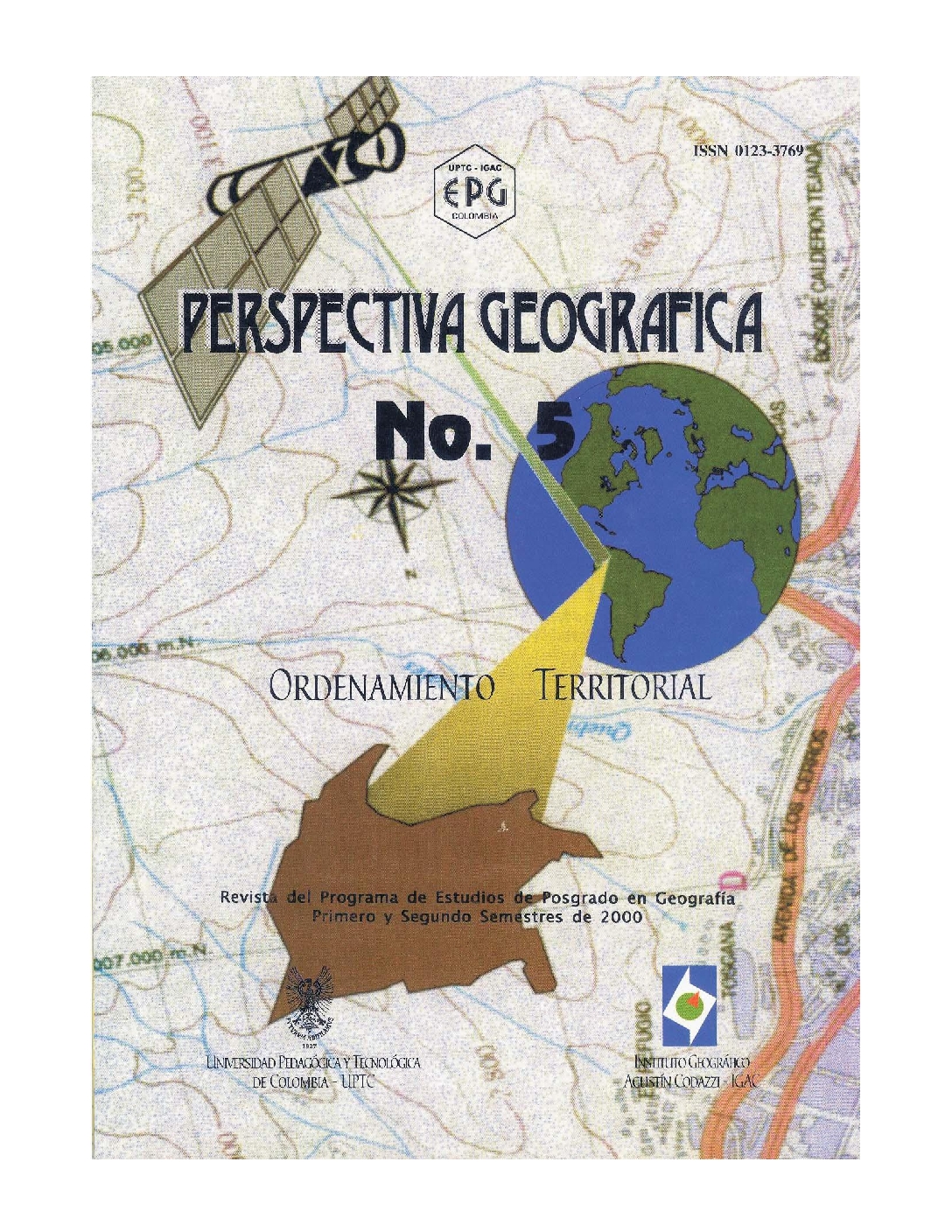Cibergeografía

Resumen
En el presente artículo se indica como la fusión de las telecomunicaciones con la computación, cuyo mejor ejemplo es la Internet, ha roto los límites de la distancia, del tiempo y de los costos, ha cambiado la cultura y la economía.Internet que era considerada inicialmente como una herramienta de la comunidad científica hoy se constituye en un medio de interacción social (se estima que cerca de 700 millones de personas están conectadas a ella conformando una red de 36 millones de computadoras).Se explora, igualmente, los diversos modos en que la Internet y el ciberespacio están creando nuevos roles para la geografía, pasando de una geografía de lo material a una geografía de lo inmaterial, una geografía virtual.Palabras clave
Geografía virtual, ciberespacio, ciberlugar.
Biografía del autor/a
Mario Francisco Suárez Moreno
Ingeniero de sistemas.
Citas
- Adams, Paul. Cyberspace and geographical space. En: The Geographical Review. Vol. 87. No. 2. (abril 1997)
- Adams, Paul. Cyberspace and virtual place. En: The Geographical Review. Vol. 87. No. 2. (abril 1997).
- Batty, Michael. Virtual Geography, En: Futures, Vol. 29, p. 337-352, 1997.
- Batty, Michael. The Computable City, En: Proceedings of 4th International Conference on Computers in Urban Planning and Urban Management, University of Melbourne, Australia, (juliol 995). Disponible en http://www.geog.buffalo.edu/Geoóóó/batty/melboume.html.
- Batty, Michael, BARR B. The Electronic Frontier: Exploring and Mapping Cyberspace. En: Futures, Vol. 26, p 699-712. 1994.
- Castells, Manuel. The Rise of the Network Society, Blackwell Publishers, Cambridge, 1996.
- Dodge, Martin. Mapping the World Wide Web, GIS Europe, Vol. 5, p. 22-24; 1996. Disponible en http://www.geo g.ucl.ac.uk/casa/ martin/gis_europe/web_mapping.html.
- Galland, Bernard. Espaces virtuels, la fin du territoire?. 1999. Disponible en http://dawww.epfl.ch/bio/galland/.
- Galland, Bernard. Espace régional et espace virtuel. 1994. Disponible en http://dawww.epfl.ch/bio/galland/.
- Gibson, William. Neuromancer, Ace Books, New York. 1984.
- Graham S., Marvin S. Telecommunications and the City: Electronic Spaces, Urban Places, Routledge, London. 1996.
- Harvey, David. The condition of postmodernity: an enquiry into the origins of cultural change. Blackwell Publishers, Oxford, 1989.
- Kitchin, Robert. Towards geographies of cyberspace. En: Progress in Human Geography. Vol. 22. No. 3 pp. 385—406. 1998.
- Mitchell, W. City of bits: space, place and the Infobahn. Cambridge: MIT Press. 1995.
- Starrs, Paul. The sacred, the regional and the digital. En: The Geographical Review. Vol. 87. No. 2. (abril 1997)
- Taylor, Jonathan. The emerging geographies of the virtual words. En: The Geographical Review. Vol. 87. No. 2. (abril 1997).
Descargas
Los datos de descargas todavía no están disponibles.